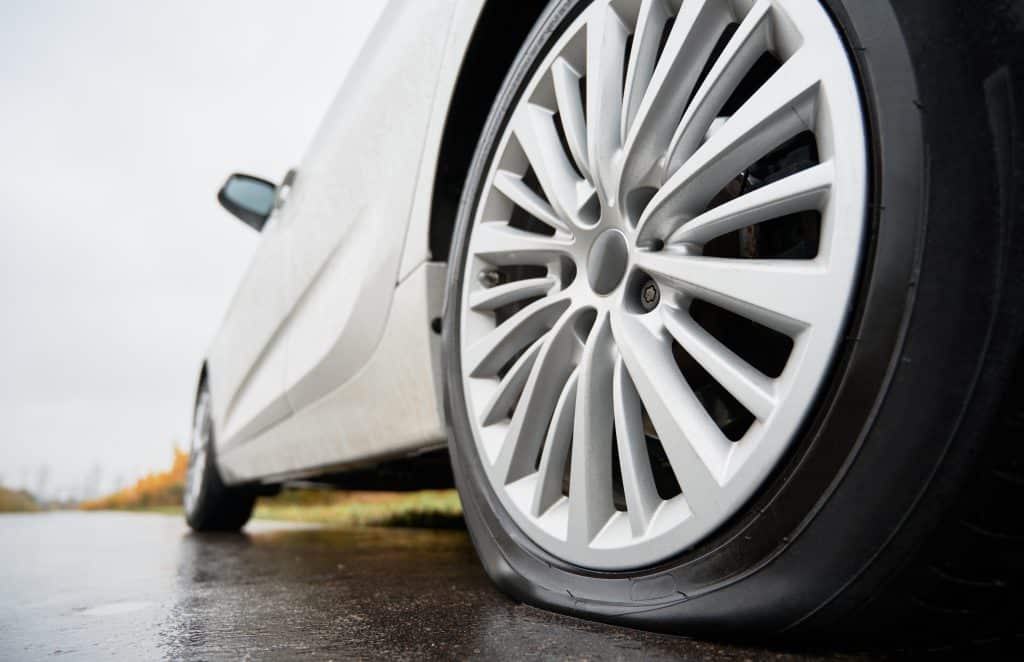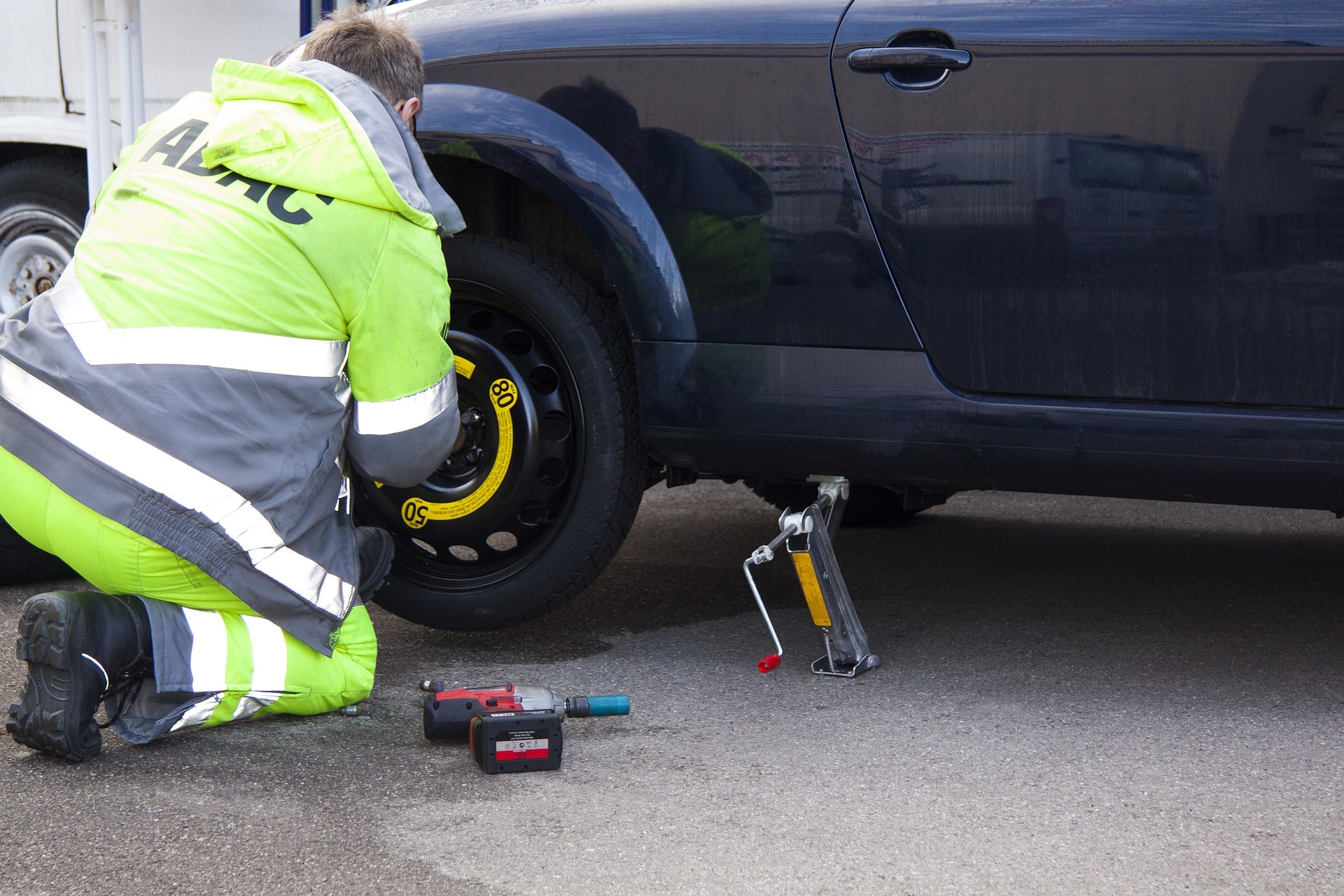How to Drive on a Donut Tire
The biggest dream of any car owner is to fit a set of tires and drive them for a long time with no issues. Unfortunately, things don’t always go according to plan, and we find ourselves in complicated situations.
With tires, the most complicated one you’ll face on the road is a flat tire. No matter what kind of damage you have, driving with a flat tire is a bad idea. You won’t get anywhere near the performance you need, so it’s unsafe.
To save weight and reduce costs, more and more car manufacturers sell cars with repair kits, which I’m not a huge fan of. They won’t fix everything, which is why I’m still rooting for spare tires.
At a certain point, manufacturers started selling cars with smaller spare tires, which is the best of both worlds. It’s smaller and lighter, but it’s still a spare tire.
This brings me to today’s topic – driving with a “small” spare tire, often called a donut. I’ll cover all the bases so that next time you need to use it, you’ll know that you won’t make any mistakes.
What is a Donut Tire?
In the automotive industry, a donut is a special temporary spare tire. It’s used in situations where one of the 4 tires has damage and doesn’t hold the air properly. The idea is to act as a quick replacement on the side of the road, at least until you get to a tire shop.
The thing that makes it special is its design. A donut tire, often referred to as a space saver, is used as a spare, but it’s smaller. This brings some advantages to the table, but there are also some downsides to it.
On the positive side of things, size and weight are among the most commonly mentioned ones. Factoring in the size, a donut tire will be smaller than the rest of the tires and wheels on your car. A smaller tire is usually lighter and, combining the type of construction and the light wheel of a donut, you won’t be carrying a lot of weight.

This may seem like the perfect tire, but it has some disadvantages. Unlike a regular tire, the donut one has a different design. The size isn’t the same, so it may have a smaller diameter and a “generic” tread pattern. There is a difference in this regard, depending on the manufacturers.
With the different rubber compound, pattern, and internal construction, you’re getting a tire that’s not designed for extensive use. You are limited in terms of the top speed and the distance you can travel on a donut tire. This means that you won’t be able to drive it for a while. Instead, as soon as you mount it, you need to drive straight to a tire shop to get the damaged one replaced or fixed.
How Fast Can You Drive on a Donut Tire?
Because of the design and construction of the donut tire, you are limited in terms of its top speed. As temporary tires, these rarely get a speed rating, but most manufacturers recommend driving up to 50 mph.
These kinds of tires aren’t made to be a direct replacement and due to their weight and cost-saving nature, you won’t find them with a Y speed rating. At higher speeds, the forces are too much for the tire to handle and you’re risking extensive damage.
How Far Can You Drive on a Donut Tire?
With the speed aside, let’s talk about the distance. Donut tires aren’t made to be driven for thousands of miles, which is why manufacturers recommend driving straight to a tire shop.
Like with the speed, there are some variations, but in general, donut tires don’t last too long. Most companies will recommend avoiding driving for over 70 miles. It’s not like the tire will disintegrate at the 71st mile, but it won’t last too long after that. This is especially true if we’re talking about 70 continuous miles.
Another aspect you should consider is the potential damage to some of the other components. Donut tires don’t always have the same diameter as regular ones, so your car will sit lower on one side. This puts additional strain on the suspension components and may lead to premature wear on the differential if you have the space saver on one of the driven wheels.
Will a Donut Tire Impact the Performance?
Yes, donut tires aren’t a replacement for the regular tires you have, so you’ll notice a lot of difference when driving. This is one of the several reasons you shouldn’t drive them at high speeds.
I already spoke about speed and distance, so I’ll skip those two aspects in this section. Let’s talk about handling and refinement.
A while ago I wrote a guide about mismatching tires and one aspect I mentioned was tires with different widths. A thinner tire won’t have the same levels of grip as a wider one, which is the case with a donut tire.
Having less grip and traction will affect the overall drivability, especially if we’re talking about using a donut tire on the front. The handling will be noticeably worse than before, so don’t try to push it.
Refinement is another area where donut tires aren’t ideal. Comfort isn’t terrible and even though a donut tire won’t feel like driving on a cement block, don’t expect miracles. The noise levels, on the other hand, are horrible, especially when compared with a quiet touring tire. Even at lower speeds, the tire is quite noisy.
Donut Tire Maintenance
One thing that most people often overlook with donut tires is maintenance. They think that if they don’t use it, then it will be good for decades, but that’s far from the truth.
While your regular tire may be good for 40, 50, or maybe 80 thousand miles, a donut tire is only a fraction. In a best-case scenario, you’re looking at 70-ish miles of treadlife before you need to think about replacing it.

Tires age, as I explained in one of my previous guides, and the same goes for the donuts. There isn’t a strict rule about this, but I would say don’t go over 10 years with it. Yes, you will drive cautiously with a donut tire, but that doesn’t mean you should rely on a 20-year-old space saver.
Finally, we have the pressure. You may find some variations from one donut tire to another, depending on the manufacturer, but most should be at 60 psi. I’m sure that most people don’t even think of this, so here’s a tip: next time you’re at the tire shop, check the pressure of your donut tire.
Donut vs. Full-Size Spare Tire
Technically, both are spare tires you change if you have a flat or damage. With that said, there are plenty of differences between them, and all of them combined are the main reason I’m not a fan of donut tires.
With everything I mentioned about the donut tires, you probably know how limited you are with them. The maximum range of 70 miles at speeds up to 50 mph isn’t the best. This is the main reason you should drive straight to a tire shop after mounting a space saver.
A full-size spare tire is a different story. These are technically the fifth wheel, so you’re getting the same specifications as the other 4 you already have on your car. If you maintain this spare regularly, you can fit it and continue driving as before.
Conclusion
A donut tire is one of the many things in a car that few people pay attention to until they desperately need it. It can be a crucial factor in getting you going without waiting for a tow.
It’s not a perfect or long-lasting solution but should get you to the closest tire shop to get the damaged tire fixed or replaced. With that said, it’s important to have your donut tire well-maintained so that it can get you there.






